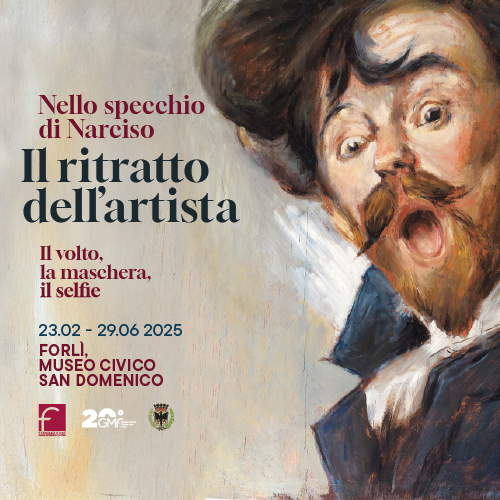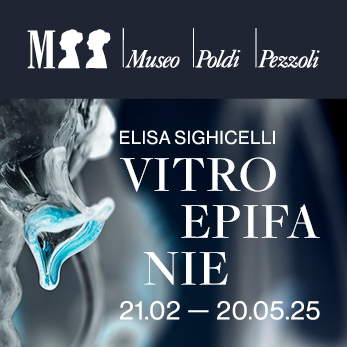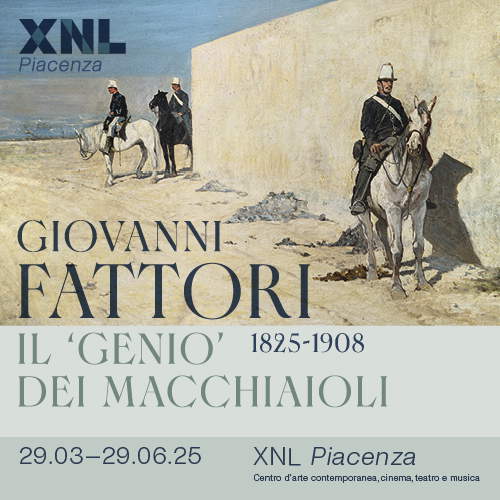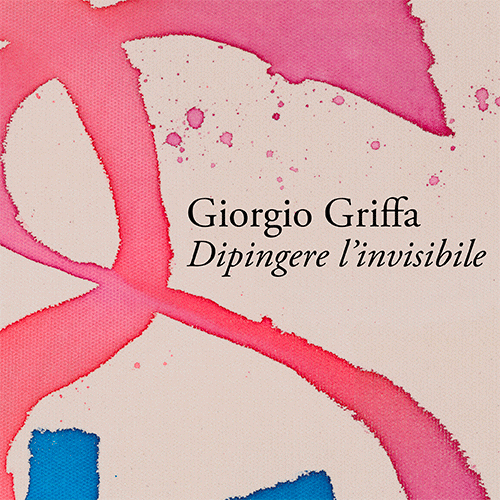Giò Marconi hosts Valerio Adami's Workshop on the 90th anniversary of his birth
Marconi Foundation and Gió Marconi in Milan welcome until July 11 the exhibition Valerio Adami. Laboratorio, a tribute dedicated to Valerio Adami in collaboration with theArchivio Valerio Adami, sixty years after his first appearance at Studio Marconi in Milan and ninety years after his birth.Adami, among the most significant Italian artists of the postwar period and a central figure of Figurazione Narrativa, is known for his vibrantly colored paintings and his ability to narrate modern society through an unmistakable visual language.
Combining flat forms, saturated colors and sharp contours, in the 1960s he inserted elements of everyday life into the narrative structure, creating new and unexpected relationships between them and offering a critical and innovative vision of reality. The exhibition aims to investigate a crucial period of Valerio Adami’s production, from 1962 to the early 1970s, through a thematic itinerary closely intertwined with the travels and places visited by the artist in those years. Following a chronological order, the exhibition aims to highlight the influence of the atmospheres of those places on his work and creative process.
The first chapter is devoted to London, a city Adami first visited in 1962. During his stay, he came into contact with artists such as Graham Sutherland, Jim Dine and Richard Hamilton, figures who exerted a profound influence on his work. Although not a fan of comic books, Adami shows an obvious interest in introducing “sound” within his works, through the use of onomatopoeic words inspired by the visual language of comic books and the contemporary music of Bruno Maderna and Luciano Berio.
During the same period, Adami, with his wife and artist Camilla Cantoni, moved to the large Villa Cantoni in Arona. The house-falansterio on Lake Maggiore soon became a gathering place for intellectuals and artists, including Jacques Derrida, Édouard Glissant, Errò, Keizo Morishita, Titina Maselli, Eduardo Arroyo and Carlos Fuentes. Inside the Cantoni villa, Valerio Adami also set up his atelier, where he devoted himself to painting and made the film Vacanze nel deserto (1971), which will be shown at the exhibition. Filmed in the Nouvelle Vague style, the film was the result of a collaboration between Valerio Adami and his brother Giancarlo Romani Adami, an experimental director and Federico Fellini ’s assistant on the set of La Dolce Vita, and features, among others, Dino Buzzati, Aldo Mondino and Errò.
Another theme particularly dear to Valerio Adami is that of automobiles, closely linked to his passion for speed, so much so that in 1963 the artist enrolled in a high-speed driving school, where he had Pietro Taruffi as his teacher. In homage to this inclination of his, a room on the ground floor of the exhibition is entirely dedicated to the theme of cars, with special attention to the representation of the “car crash.” The section displays a series of works created between 1963 and 1964, including a large canvas never before exhibited.
The journey continues with a stop in Paris, which becomes his city of choice. Here the artist delves into the theme of urban interiors, intimately connected to the exploration of the human psyche. This research finds expression in iconic works such as Privacy. Homosexuals and Bourgeois Scene. A Good-Hearted Maid, where the deflagration of bodies and the decomposition of the image, distinctive elements of Adami’s style in this period, emerge powerfully. Paris also represents an opportunity to meet Carlos Franqui, a prominent poet and journalist in the Cuban Revolution alongside Fidel Castro. This connection led Adami to visit Cuba in 1967, during a crucial historical period for the island, marked by a vibrant cultural ferment in the post-revolutionary context.
After the “interiors” of Paris, characterized by delicate pastel colors, the exhibition concludes with the “exteriors” of New York, where the tones become darker and the color palette darkens, reflecting the atmosphere of the metropolis.
Valerio and Camilla Adami moved to New York in 1966, staying at the Chelsea Hotel. Here they come into contact with the city’s underground environment, frequenting a vibrant art scene and meeting prominent figures such as Saul Steinberg, Ray Johnson and the poet Allen Ginsberg. At this stage, the artist explores photography as a new medium of expression, integrating it with drawing, a practice Adami routinely employs to design the composition of his canvases. With his camera, he captures serial fragments of the city, creating an authentic visual archive from which he will draw for many of his future works, along with the thousands of images he has cut out from newspapers and books over the course of his life. The exhibition features a selection of photographs taken on the streets of New York, depicting storefronts, hotel rooms, public restrooms and subway stations. From these images come some of his most famous works, such as Latrine in Times Square (a version of which can be seen in the exhibition) and Hotel Chelsea Bathroom.
Spanning three floors of the exhibition space, the exhibition offers the public a wide selection of works, including canvases, drawings, photographs, archival material and the film Vacation in the Desert, allowing the public to discover the evolution of Adami’s visual language and the continuous spirit of experimentation during these years.
A further example of this artistic research is closely linked to the city of Milan, another key place in Valerio Adami’s journey. Milan represents an essential crossroads in his career, deeply intertwining his figure with that of gallery owner Giorgio Marconi, with whom he establishes an indissoluble bond. The artist debuted at the Milan gallery in 1965 in a group show, and then held his first solo exhibition in 1969. That memorable event featured a unique installation: a boxing match in a ring built in the basement of Studio Marconi, regularly announced by the Gazzetta dello Sport. The positioning of the ring allows viewers to witness both the match and the large work entitled Boxing Ring, creating an unprecedented dialogue between painting and performance.
The following year, in 1970, Studio Marconi hosted a new experimental intervention by Valerio Adami, presenting a full-fledged photographic exhibition as part of the cycle of exhibitions called Laboratorio, of which Adami’s was the second event. In 1972, again curated by Studio Marconi, Valerio Adami’s Concerto for a Painting was released, a recording that grew out of a conversation between the artist and the African-American critic Henry Martin about the painting The University of Leipzig in the Time of Nietzsche.
For all information, you can call +39 02 29404373, send an e-mail to info@giomarconi.com, or visit Gió Marconi’s official website.
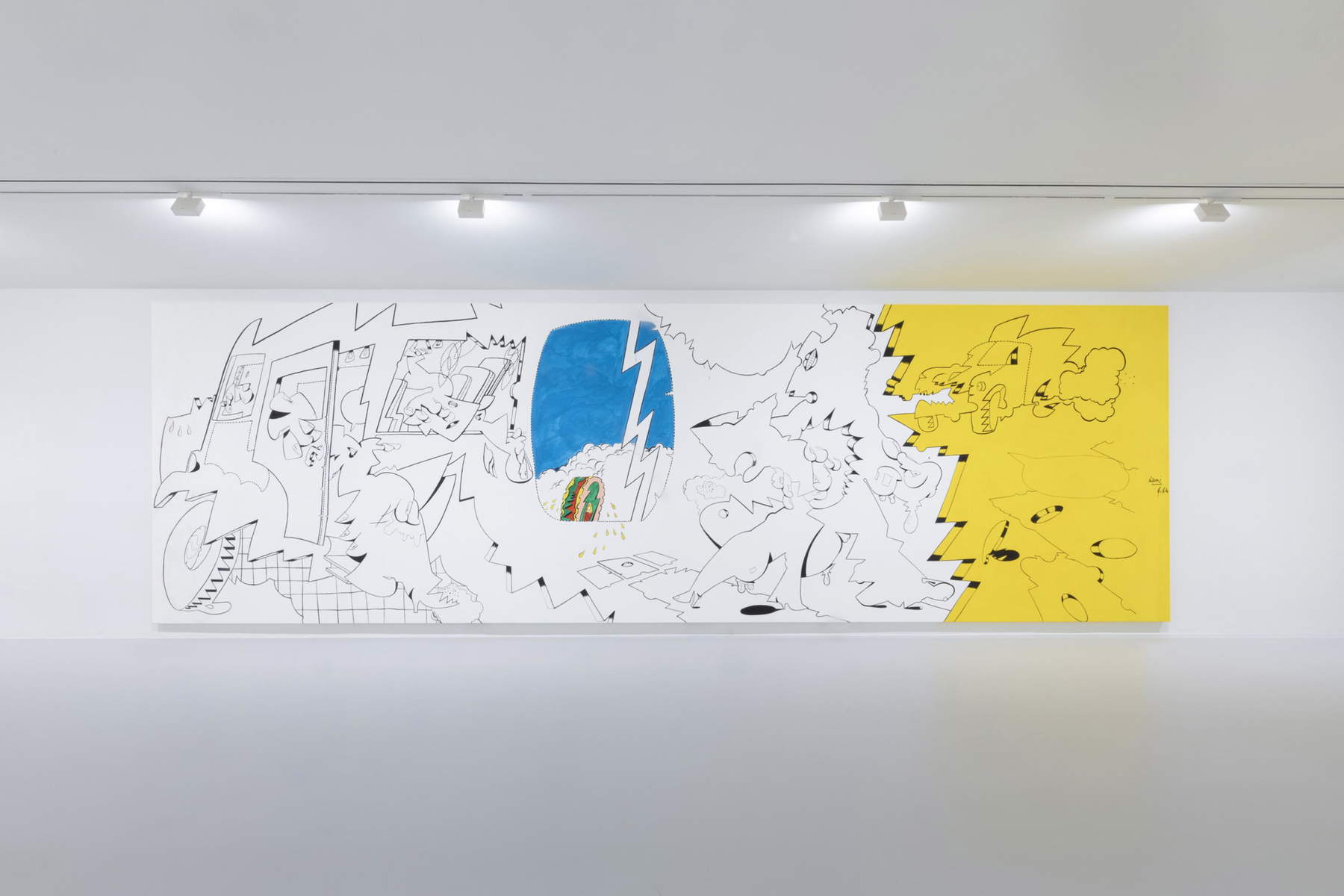 |
| Giò Marconi hosts Valerio Adami's Workshop on the 90th anniversary of his birth |
Warning: the translation into English of the original Italian article was created using automatic tools. We undertake to review all articles, but we do not guarantee the total absence of inaccuracies in the translation due to the program. You can find the original by clicking on the ITA button. If you find any mistake,please contact us.





